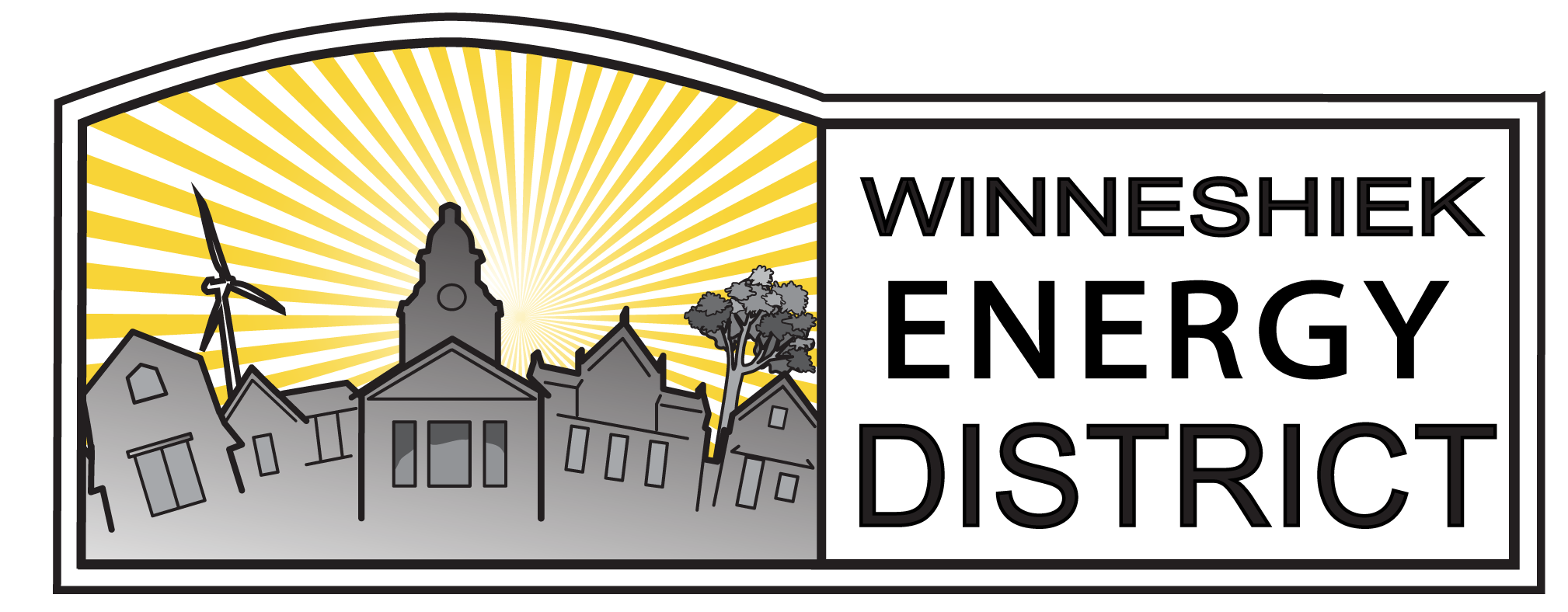Energy Efficiency Day on the Hill
Andy Johnson, Director
Calling all clean energy and shop-local advocates: the first every Energy Efficiency day at the state capitol is next Tuesday, January 22. WED is coordinating ride-sharing; email Joel Zook if you’re interested.
According to the US Department of Energy, Energy Efficiency could save customers over $2 trillion by 2030.
Yes you heard that right, energy efficiency holds massive, almost unlimited potential for keeping energy dollars local. Your grandma’s motto “a penny saved …” applies, though on a MUCH larger scale. Energy efficiency is local energy prosperity, BIG time.
Think of all the shop-local investment that can happen as we accomplish that energy efficiency – with local contractors, local technical assistance providers, local hard-working Green Iowa AmeriCorps teams, and local opportunity organizations like Energy Districts and Community Action Agencies.
Conversely, if we DON’T harness that energy efficiency potential, where will those trillions be going? Out of the local economy, for sure.
How do we harness that potential, and capture the prosperity and stewardship rewards? We can all get to work, as we have been doing for years here at WED together with many of you, doing the energy planning and helping customers implement cost-effective projects.
But the local energy efficiency flywheel is greased and accelerated with supportive state policy,
including the rate-payer funded energy efficiency programs that the legislature – at the bidding of the
investor-owned utilities – slashed in half last year.
OK, but can we really do anything about that? The answer is YES. First, the statewide coalition in support of strong energy efficiency programs is growing, thanks in part to the program attacks last year and in part to the growing opportunity. We need to strengthen that coalition.
Second, we believe there is a realistic hope of reversing at least one piece of the program cuts, and restoring full funding for the Weatherization Assistance Program (WAP), implemented by Community Action. Despite utility assurances that efficiency programs for lower-income households would not be affected, the cuts have slashed roughly $15 million from WAP over the coming 5-year program period, resulting in about 1,700 households that will not be served.
More details on this and other policy priorities are in our previous policy post. If you’re passionate about energy efficiency (we know many of you are!) and can spare a day for advocacy (we know this is hard), we hope you’ll join us for the first ever Energy Efficiency Day at the state capitol building, January 22.
